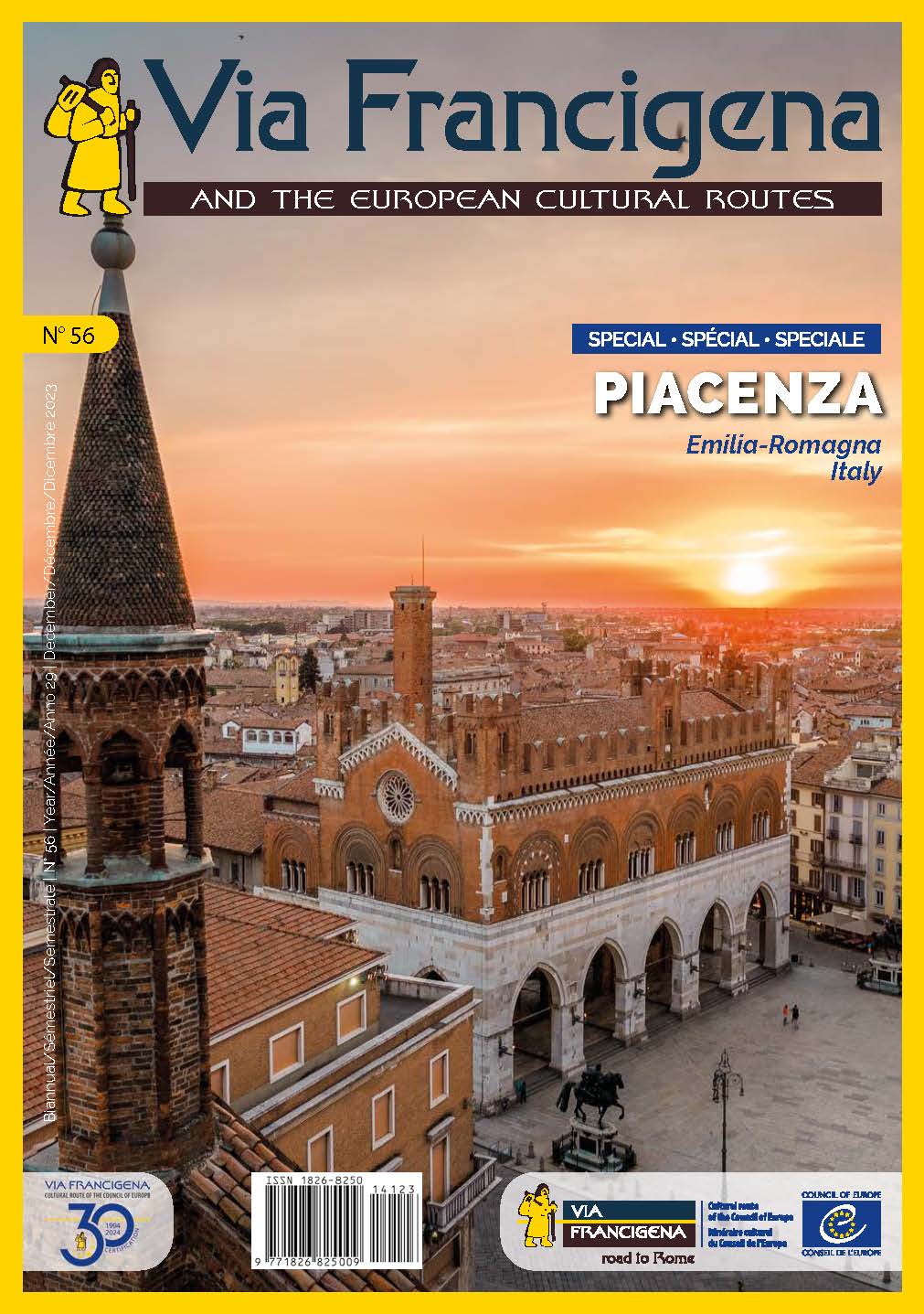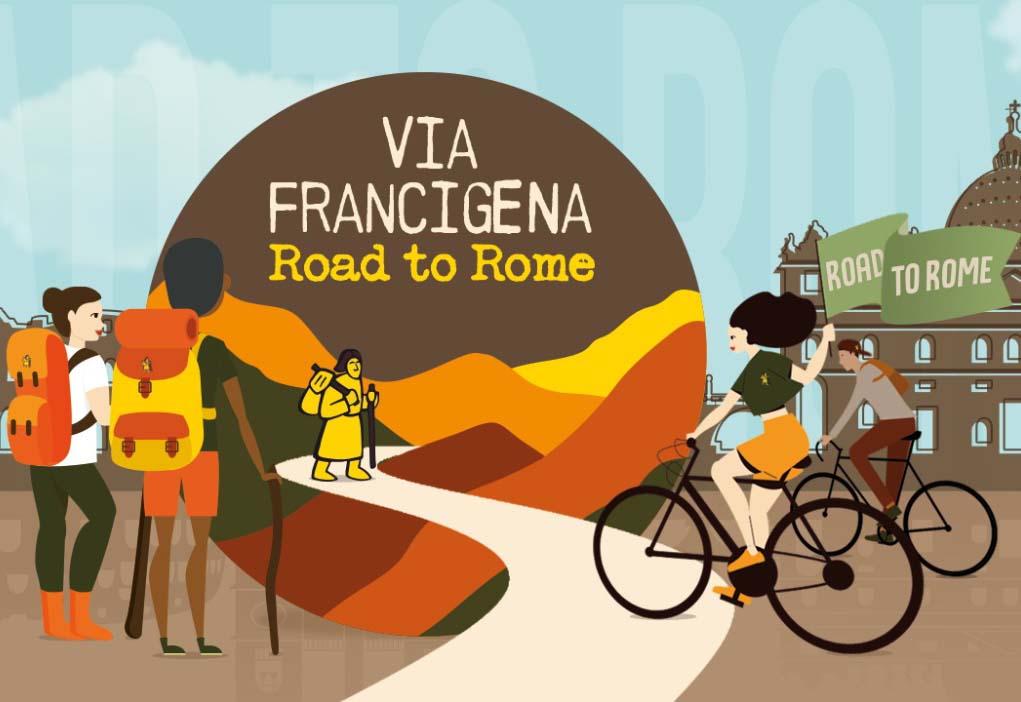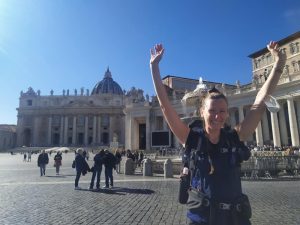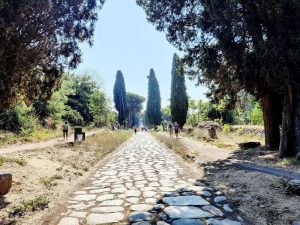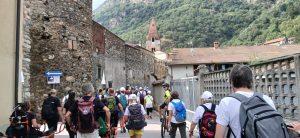If you are a lover of mystery stories, you will certainly have heard of The Name of the Rose, whether you have read the novel or not. It is a famous work of fiction by Umberto Eco, which narrates the dark adventure of the English monk William of Baskerville and his pupil Adso of Melk, in an unspecified monastery in the Italian Alps.
As far as we know, this place could have been on the Via Francigena, but Adso da Melk does not describe its exact location. However, we have wondered if there are any mystery places along the way, and thanks to the DMO association ‘Francigena Sud nel Lazio’, we have made some interesting discoveries along the Via Francigena in Southern Lazio, which we would like to share with you.
Family mysteries in Castel Gandolfo
On the Alban Hills, in the municipality of Castel Gandolfo, there are ancient papal residences that have been called Papal Villas since 1932. Among them, Villa Barberini: capturing your attention, is not only the evocative gardens, but above all a mysterious legend linked to the Barberini family. It seems, in fact, that in the building dwells the spirit of a young man (as accurately reported in “I Fantasmi dei Castelli Romani”, 2022, by Italian Ghost Story), whose likeness coincides with the witnesses of all those who claim to have seen him along the Villa’s boundary wall.
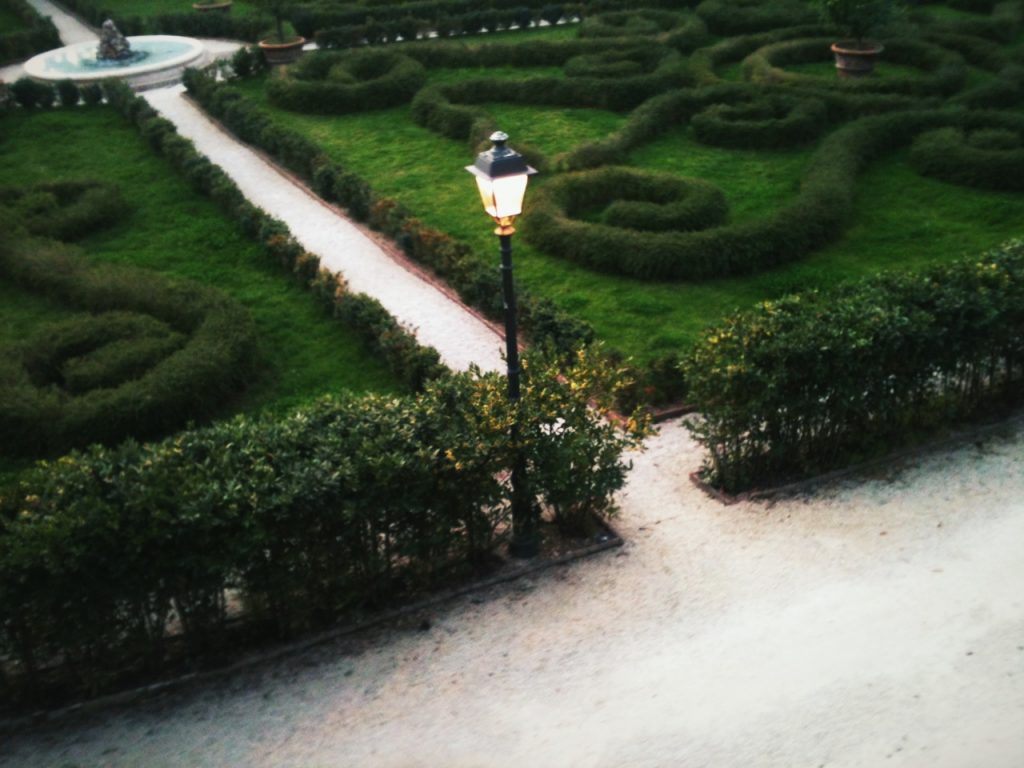
It would be a male figure with marked features and a wound on the right temple, dressed in a dinner jacket, shirt with lapels, waistcoat, a tie with a precious brooch attached, and trousers with a centre crease. According to some, this could be an illegitimate son in the Barberini family, who killed his father accidentally during an argument, and who took his own life immediately after committing this crime. His remains are said to have been buried in unholy ground at the edge of the estate, and his spirit has wandered restlessly around the Villa ever since.
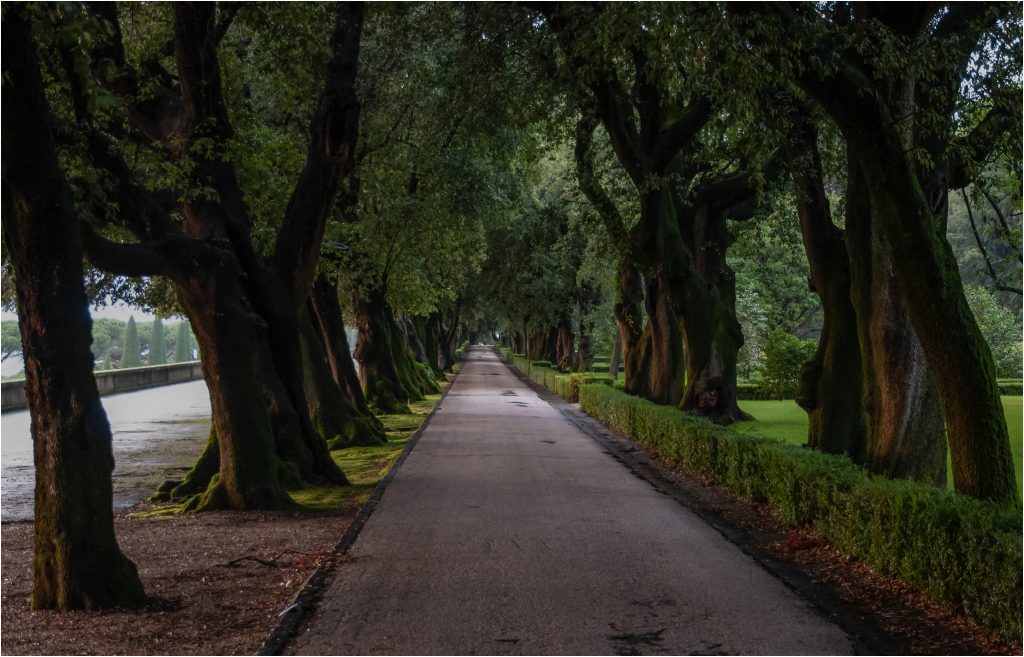
The Pentima della Vecchiaccia on Lake Albano
Leaving Castel Gandolfo, you come to the shores of Lake Albano, which is characterised by three spine-chilling tales about it, such as the one about the Delphic oracle and an underground emissary, the chilling true story of the body of a decapitated woman found on its shores in 1955, and the legend of the Pentima della Vecchiaccia.
Pentima (or pèndima), a word of pre-Latin origin, indicates in local jargon a rocky boulder, cliff or precipice that generally characterises the shores of the lakes in the Alban Hills area, and which characterises one of the hiking routes on the lake, from which you can enjoy a spectacular view. To get there, starting from the Capuchin monastery, you have to go into the woods, along a dire path with a considerable difference in height, so you have to walk close to the rock face. Along the way, you can see tufa caves carved into the rock, but what will certainly attract your attention will be the presence of esoteric symbols placed on the rocks, which unfortunately lead back to improper rituals.
Well, it is said that, in ancient times, an old woman accused of witchcraft threw herself into the lake to commit suicide and thus escape persecution, and that today her spirit, like a siren’s song, hovers in the air to invite unsuspecting visitors to jump in their turn. Indeed, those who have walked this stretch claim to have been seized by ambivalent feelings of anguish, fear, vertigo and attraction towards the void. Apparently, the dogs of some hikers also behaved abnormally close to the overhang.
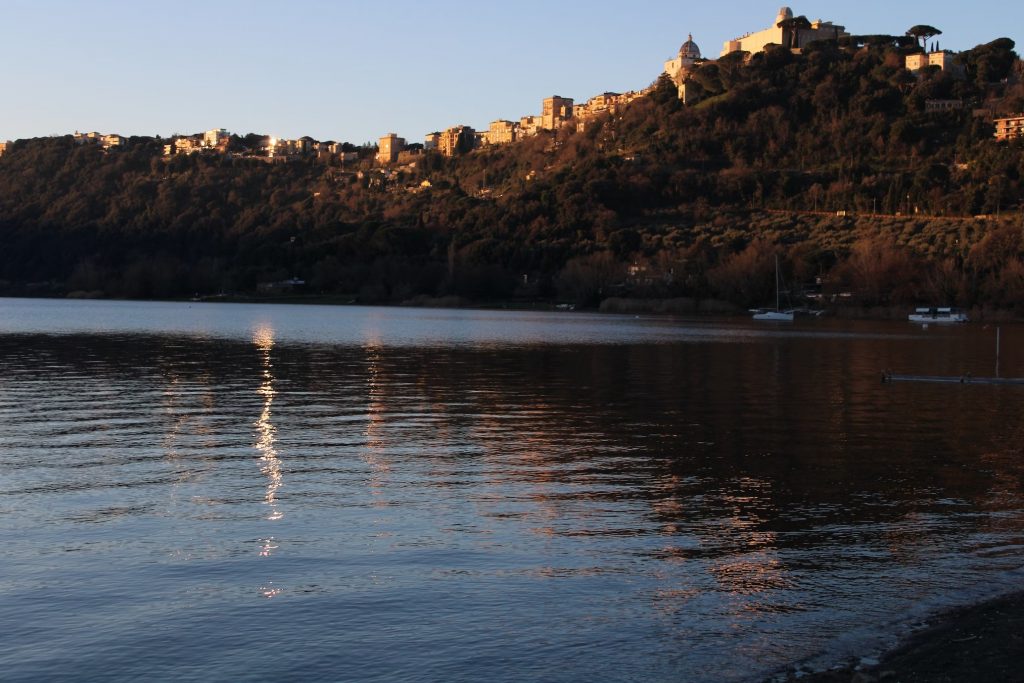
Ghost children and other legends between Sezze and Sermoneta
Do you have a passion for symbolism? An obligatory stop for you, between Norma and Sermoneta, is definitely the Abbey of Valvisciolo, a short distance from the latter of the two, because on the walls of the western gallery of the cloister there are numerous engravings, including a curious graffito, the so-called Sator. It is a palindrome, a figure made up of letters, which can also be read in reverse: “S A T O R A R E P O T E N E T O P E R A R O T A S”, but what makes it unique is its radial shape with concentric circular strokes, reminiscent of Celtic grids, rather than the classic magic squares, and the cross formed by the words TENET – although some attribute its creation to the Templars between the 12th and 13th centuries. In fact, among what is depicted, one can also identify some of Solomon’s Nodes (metaphors for the esoteric path to knowledge), Triple Girdles, the omphalos (symbols of justice and balance) and an Alquerque. Yet, the authorship of all this remains an unsolved mystery to this day…
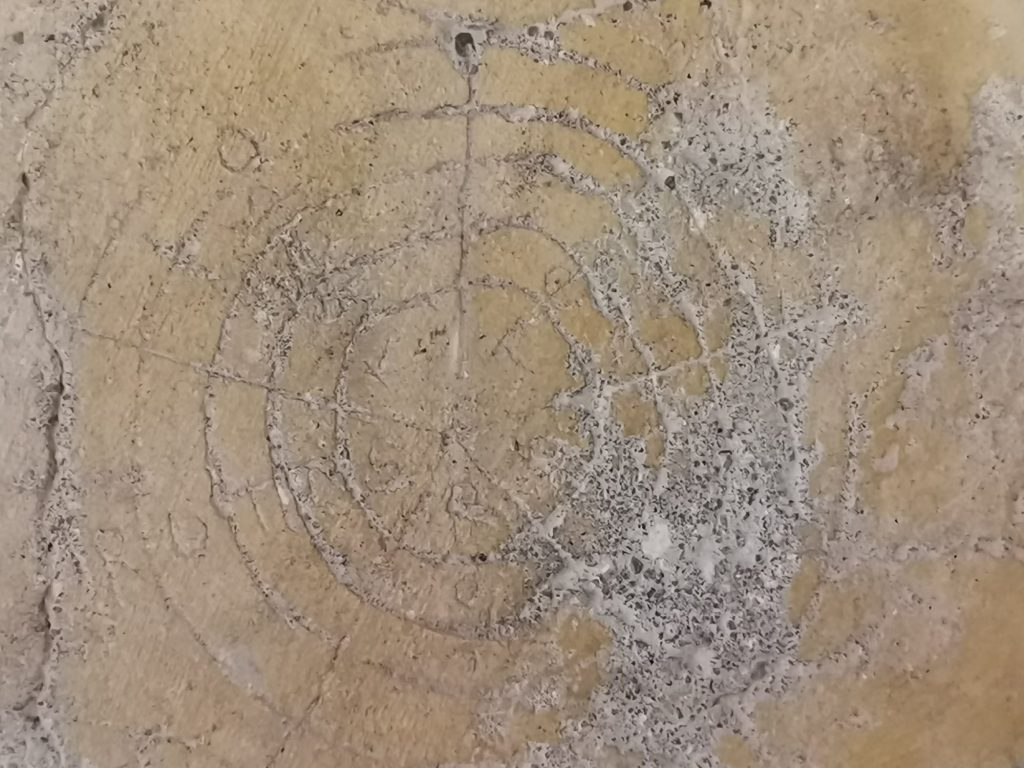
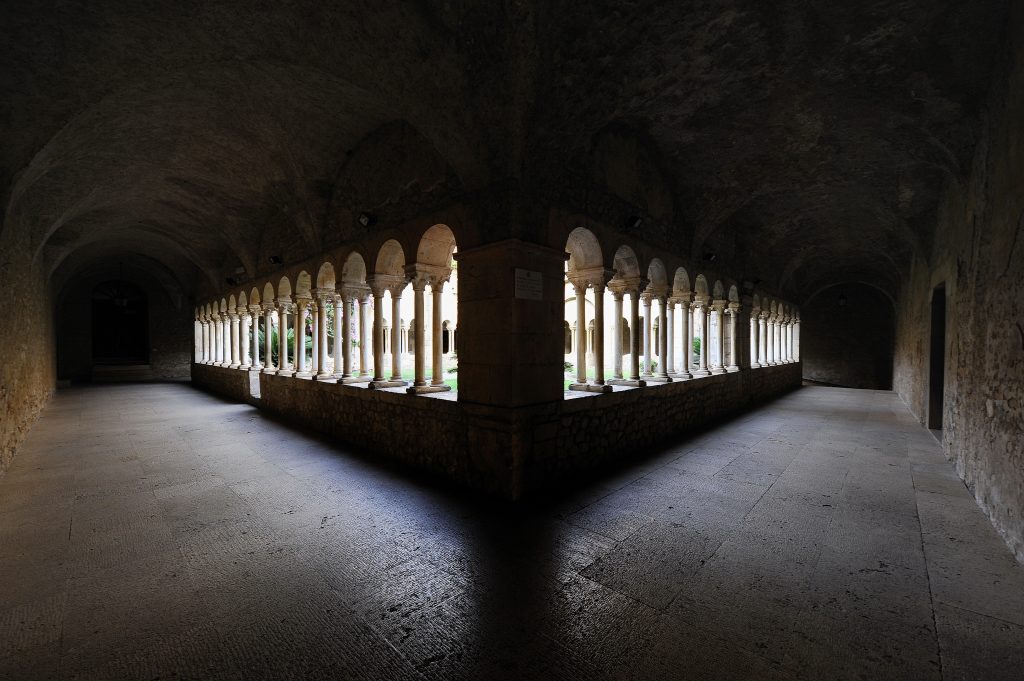
Arriving in the ancient village of Sermoneta, you will find the Caetani Castle, a medieval fortress, waiting for you. Over time, it has been visited by illustrious personalities, and in modern times, set up as a film set. However, what makes this place very special is the belief that the building is inhabited by the ghost of a child who died in violent circumstances in the basement. His image corresponds to the figure of a little prince depicted in a painting hanging in the Cardinal’s room, but whose identity is unknown. According to some inhabitants of Sermoneta, and witnesses to some of the stakeouts, it is possible to hear the screams and cries of the ghost across various stately rooms of the castle.
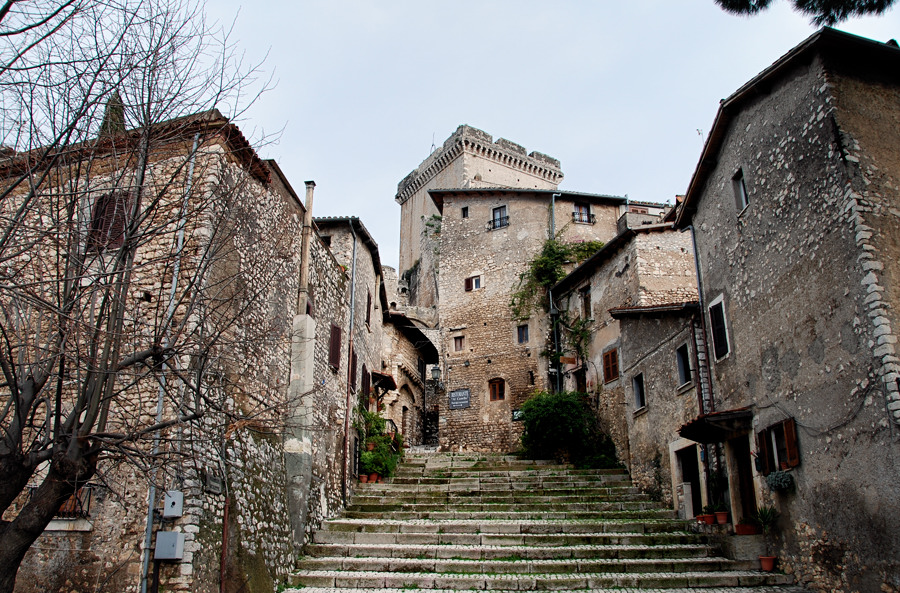
A few steps away is the Garden of Ninfa, also characterised by an eerie presence. According to the stories of some visitors, it is possible to see in the waters of the lake, inside the garden, the reflection of the ghost of Ninfa, who has been roaming the area since the time of her tragic death. In fact, it is said that Ninfa was the daughter of the king who lived in the castle, the ruins of which dominate the gardens. In order to reclaim the marshes in the area, the king asked for the help of two neighbouring kings, Martin, with whom Ninfa was secretly in love, and Moor, a powerful sorcerer. He who would succeed would receive Nymph’s hand from the king in return. Although Martino had worked hard to complete the reclamation, Moro succeeded with a simple magic trick, shortly before the deadline set by the king expired. In despair at being unable to escape marriage to the sorcerer, Ninfa threw herself into the lake and died. However, the harmonious atmosphere that reigns in the location is apparently due to the presence of Ninfa, who still looks after the plants and flowers.
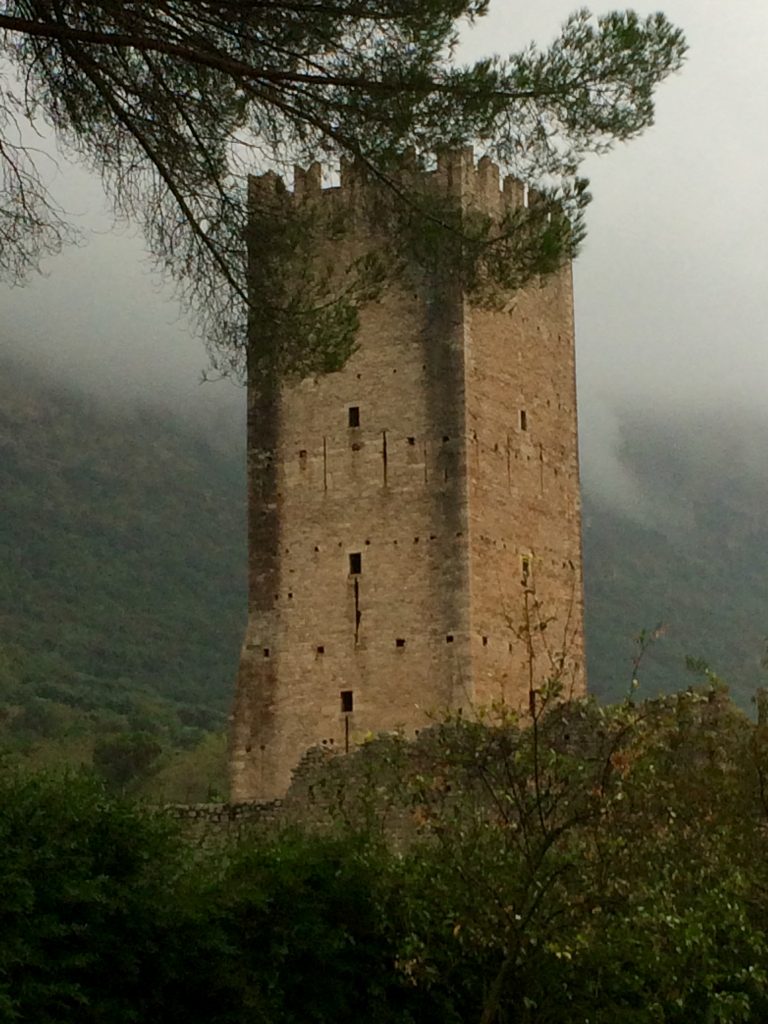
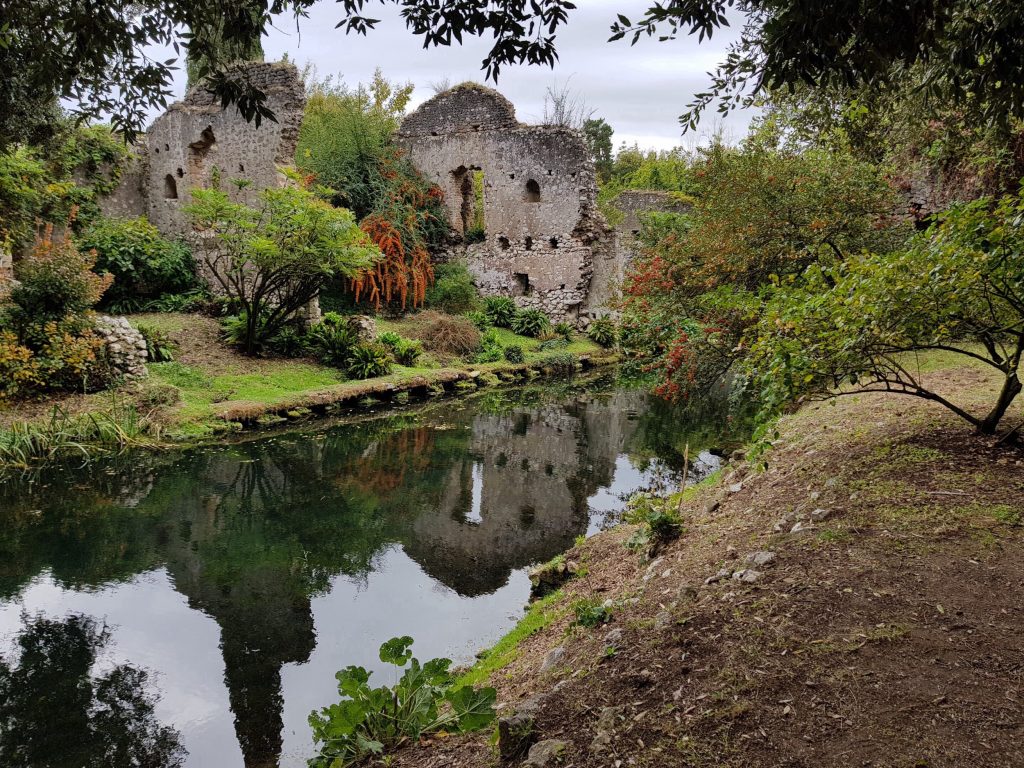
Walking towards the small municipality of Sezze, one of the oldest in the area, you cannot help but come across another creepy, dark affair. Some inhabitants and visitors, in fact, agree on the presence of the ghost of a little girl, the so-called ‘Femminuccia‘, who roams the alleys of the old town centre at night, in Via della Libertà, a side street of Via San Carlo. She is said to be a very slender figure, dressed in white lace, with a pale complexion, glassy eyes, purplish lips and colourless hair, holding a head in one hand and a needle and thread in the other. Only those who take three laps around the palace after midnight can encounter this ghost and receive a plea for help, which, however, dissolves together with the vision.
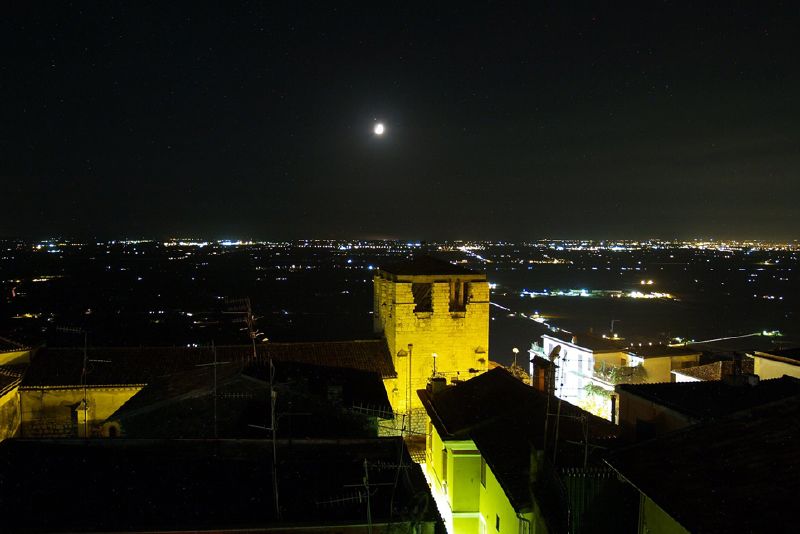
Villages and haunted houses: the cases of Terracina and Fondi
The village of Terracina, along the itinerary, is very ancient and rich in history, but is also rich in bloody and mysterious events, which is why, according to some, the souls of these unhappy protagonists continue to ‘live’ in the village, wandering as ghosts among the city alleys. Noises, sinister shadows, lights that turn off and on by themselves, as in Palazzo Braschi, faces appearing at the windows of uninhabited buildings and towers, and headless ghosts roaming the streets: all kinds of stuff happens. Terracina is undoubtedly a place with no shortage of surprises for lovers of ghost stories.
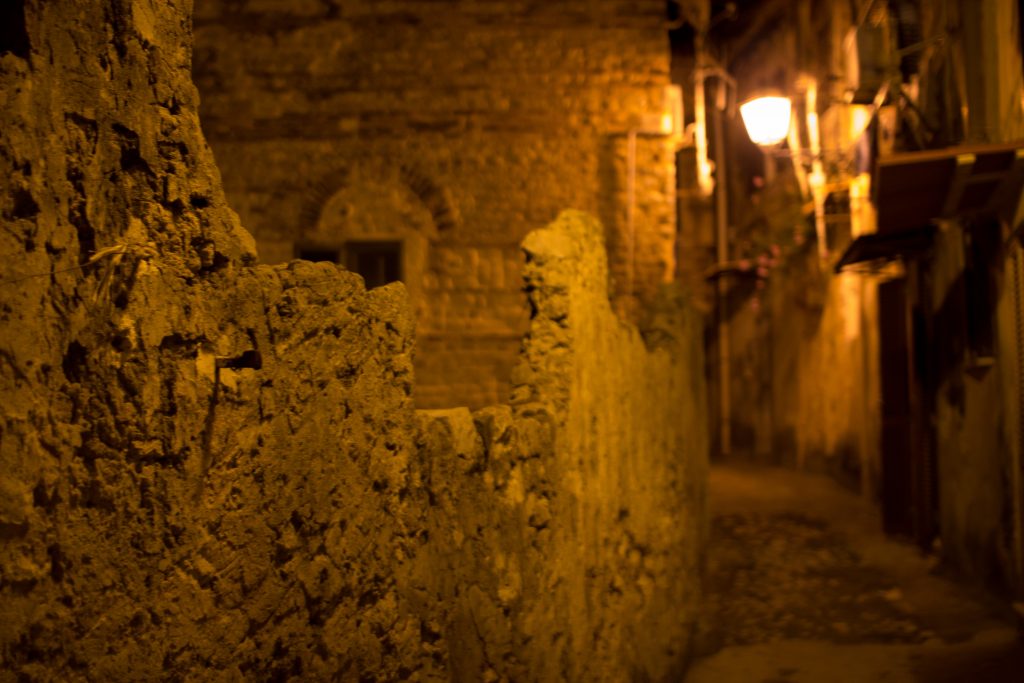
Another destination on the path that has a sinister flavour is the House of the Spirits of Fondi, in Via Olmo Pierino, a building that today houses the Museum of the Jewish Middle Ages (MME), but which has never been inhabited, as no one has been able to stay overnight, not even for one night. This happens because of strange phenomena: from sudden gusts of wind, to creaking and deafening noises, to collapsing walls. Even now, locals shy away from the structure. Many trace it back to an old synagogue, dating back to the late 15th century, when a community of Spanish Jews resided in the city, fleeing during the Spanish diaspora of the 15th century, which was decimated around 1636 by malaria. According to some, in addition to the numerous deaths caused by the disease, heinous murders took place in the house.
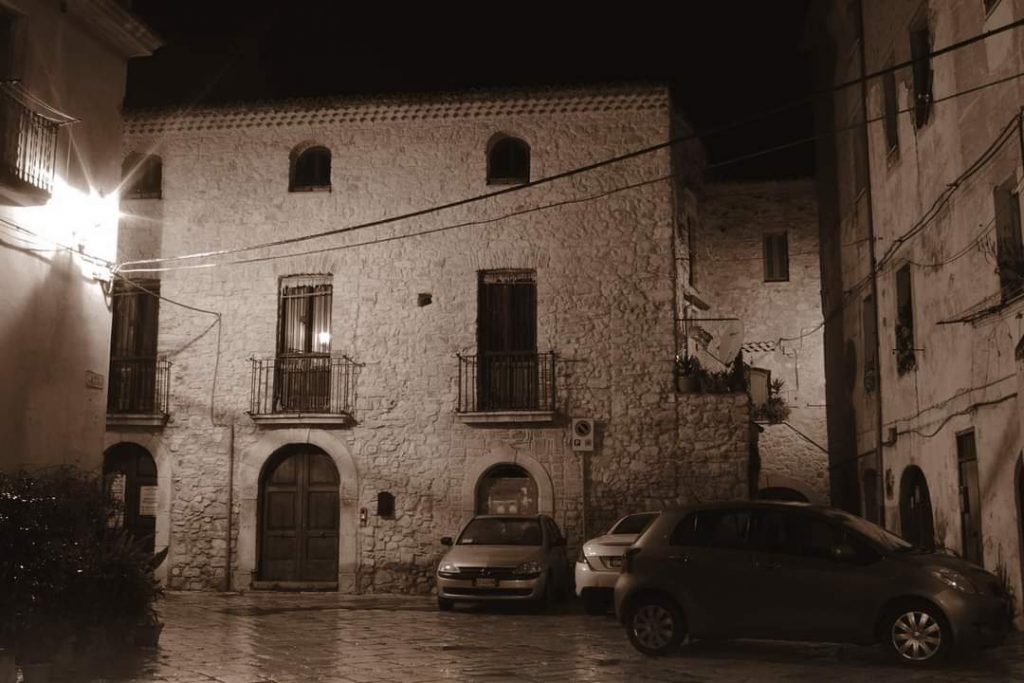
Walking among ghosts and strange phenomena visiting Itri, Gaeta and Formia
If you shudder at the thought of the Château d’If, as described in Alexandre Dumas’ adventure novel ‘The Count of Monte Cristo‘, we assure you that the Castle of Itri is no different.
The building is an imposing medieval fortress, which has been remodelled over time, due to wars and modernisation, but characterised by the legend surrounding the cylindrical tower and its patrol path, the so-called ‘Crocodile Tower’. In fact, it is said that in the waters at its base once lived a crocodile, used to kill the condemned men of the time. Today it is believed that the ghosts of these unfortunate souls roam the halls and chapel of the castle. In fact, there are several witnesses from those who claim to have seen shadows, lights turned on inexplicably (as no one had entered the building and there were no signs of forced entry) or to have heard music and moans coming from the castle.
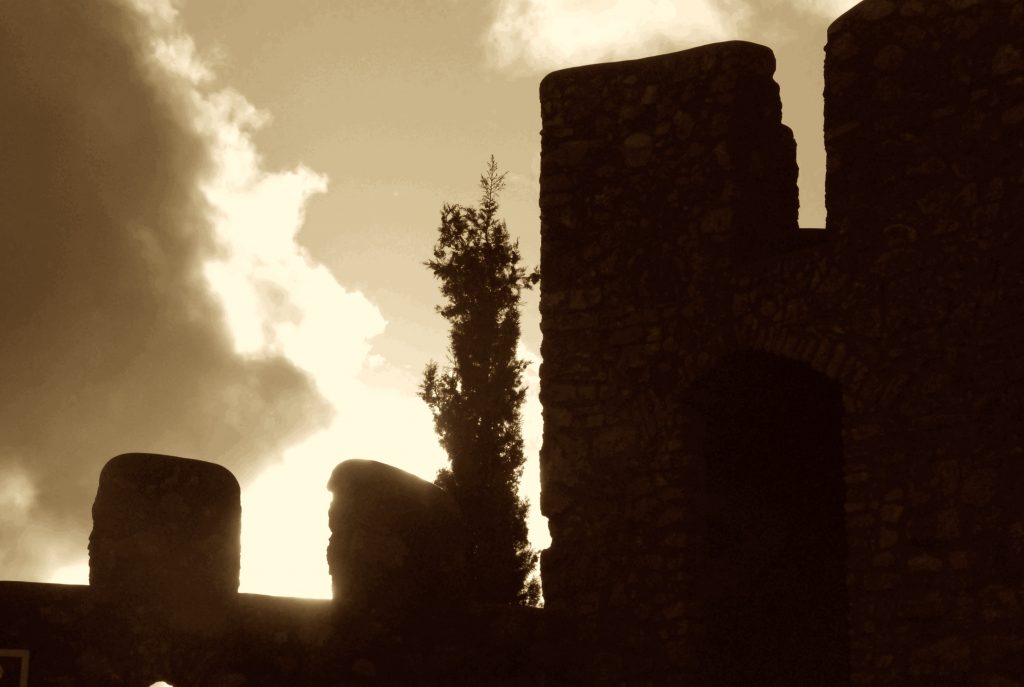
Continuing on to Gaeta, you come to an evocative place, both from a historical and naturalistic point of view, namely the ‘Montagna Spaccata‘ (Split Mountain), which, according to folk tales, split into three parts following the death of Christ. Arriving from the sea, three large parallel cracks are visible. The surprises do not end here, because the even more peculiar feature of this place is the so-called ‘Hand of the Turk‘. If you walk along the fissure in the centre, at a certain point, you can see an imprint etched into the rock. According to ancient tales, a person of non-Christian faith (probably a Turk), not believing in the mystical origin according to which the mountain had split, leaning his hand on the stone caused it to melt under his fingers, leaving the furrow that still exists today.
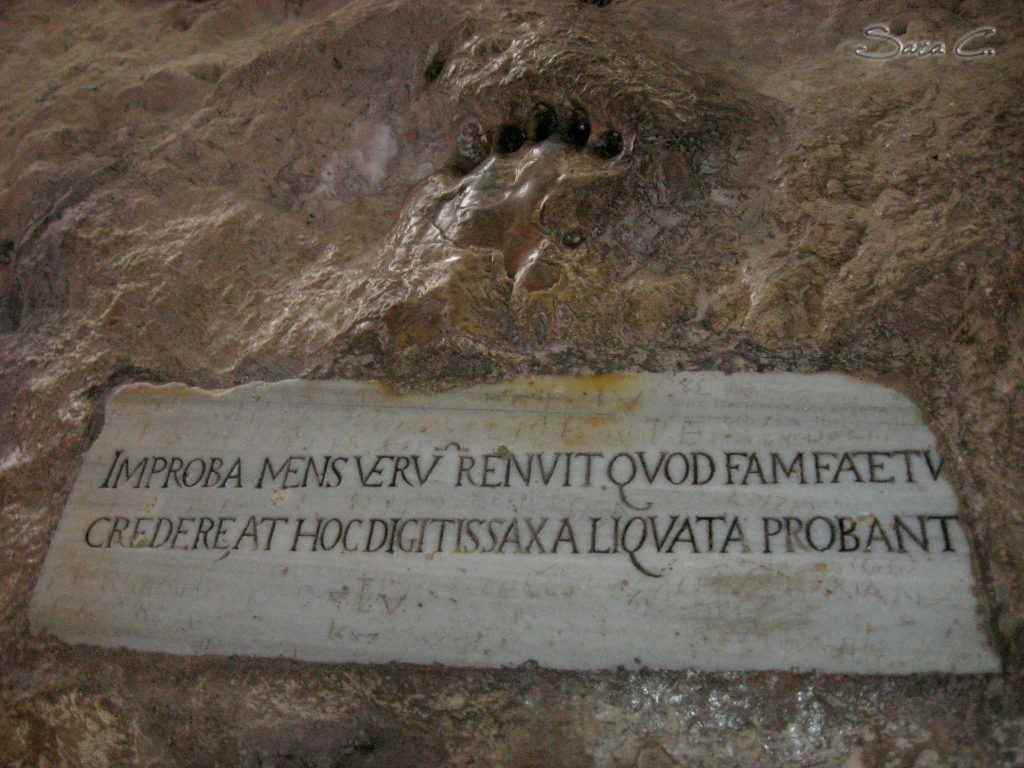
The last stop on our journey into mystery along the Via Francigena in Southern Italy is the town of Formia, where there is a mausoleum dedicated to Tullia, or ‘Tulliola’, located directly opposite her father’s, Cicero. According to some, in 1450, the Roman tomb found not far from Cicero’s villa, along the Via Appia near Monte Acerbara, belonged to the Ciceronis filia. However, what is most astonishing is that the woman’s body inside the sarcophagus, preserved there, had remained completely intact over time, and that at her feet was a lit votive lamp, which was extinguished on contact with the air. The corpse, brought to Rome, became a pilgrimage destination. The ecclesiastical authorities of the time soon decided to destroy it, but the body dissolved into ashes, which were probably buried outside Porta Pinciana.
The ghost of the young deceased, annoyed at the disturbance to her eternal sleep, apparently decided to haunt the Villa dei Quintili, near the Santa Maria Nova farmhouse, a building of Roman origin that passed from hand to hand until 2006, when the last owners, husband and wife Elena and Evan Ewan Kimble, handed it over to the Superintendency, tired of the spirit’s presence. In fact, both said they could hear the singing and wailing of a little girl even during the day.
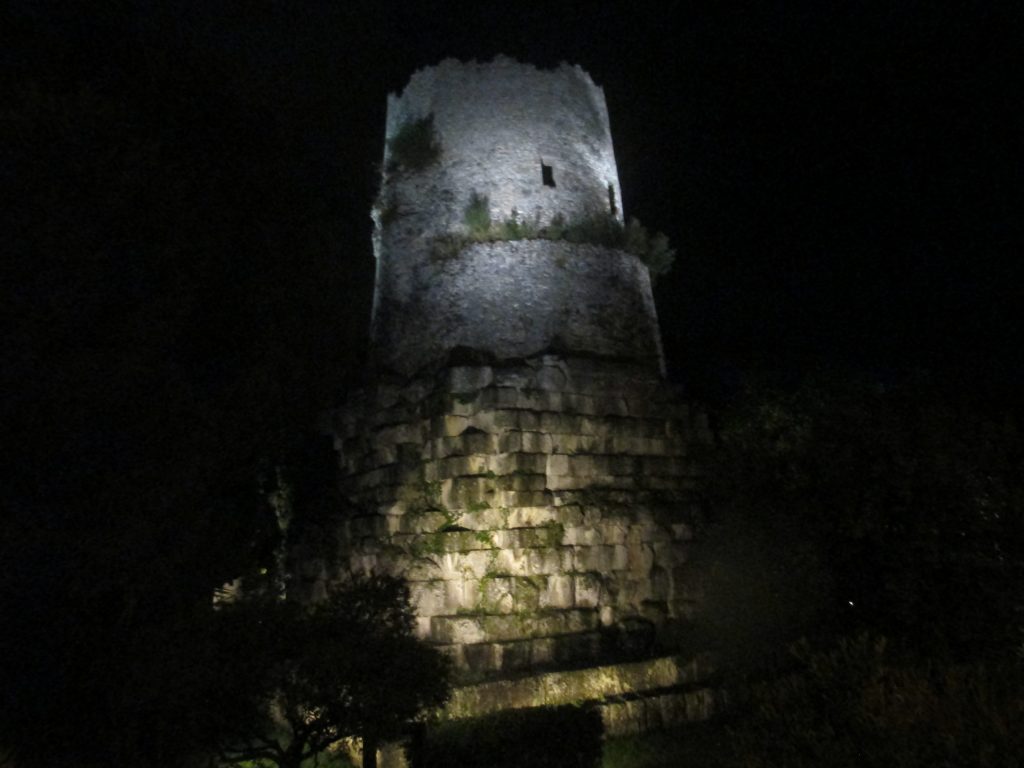
Are you getting the shivers? And are you curious to visit these mysterious places and palaces along the way? You can come in thanks to our partner DMO Lazio and share your experience with us!






